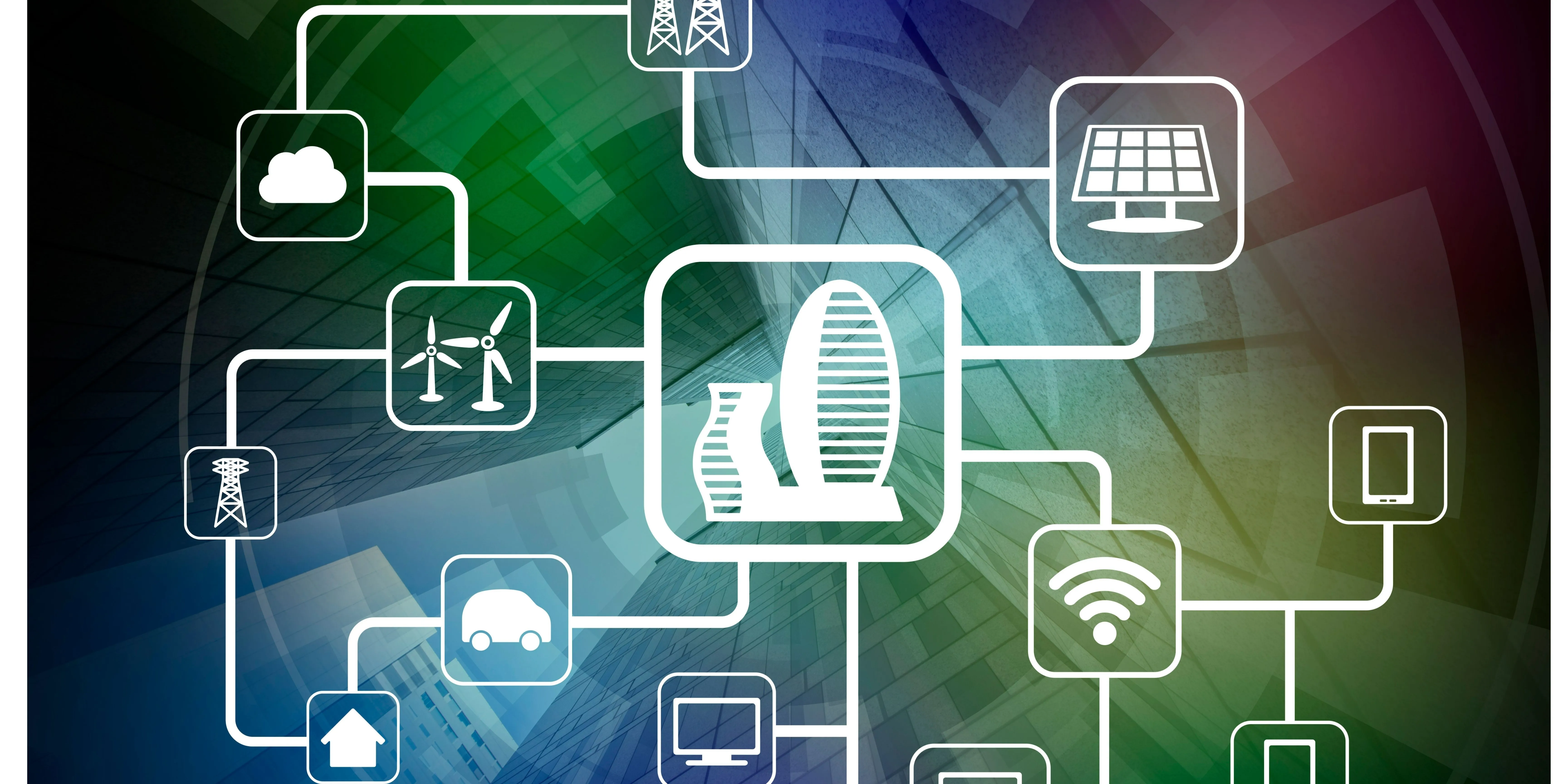
Mobile computing is when you bring the computer with you. Example smartphones, prisoner anklets.
Ubiquitous computing is wherever you go, there is a computer you can use. Example internet cafe, mainframe terminals.
Pervasive computing is when computers are everywhere inside all things, maybe also within you. Example IoT enabled Devices like Smart Refrigerators, Blood Pressure and Sugar Level Sensors.
Differences:
Mobile vs Ubiquitous: in Mobile the computer moves with you, but in ubiquitous you have remote terminals to log in into the same computer. Ubiquitous is 1970s dream: access the mainframe everywhere. Mobile is child of 2000s: the computer is always with you.
Mobile vs Pervasive: Mobile implies computers are so small and low power that can be carried around, pervasive implies that are so tiny and cheap that can be placed inside things that could need one.
The two words have slightly different origins -- Pervasive comes from pervade (to diffuse throughout) while Ubiquitous comes from ubiquity (be everywhere).
Nowadays we may have seen many homes are connected via wired or wireless security systems. Many intelligence sensors are used in modern building and some of them are directly connected with the internet. We can access the data provided by those devices from any location with the help of the internet or any networking system.
We are integrating intelligent sensors in every device to make them intelligent. To process the data given by those sensors we need to have computation on those devices. This type of computation is basically called as Ubiquitous computing.
Some examples of ubiquitous computing in our daily life:
1.Survillance camera: Nowadays consumer electronic devices are being networked. Some high-end cameras already have a wireless network capability and use it to send photos and videos to a nearby display or to upload those data to the internet. “An Internet Protocol camera, or IP camera, is a type of digital video camera that receives control data and sends image data via the Internet”.
2.Home Automation: In this process, we connect all possible devices to a LAN(Local Area Network) or directly to the internet. We use a parent device(Example: Amazon Alexa, Google Home, Apple Hub) to give the command to those devices. To imply this concept, we give computing power to all connected devices.
3.RFID Devices: RFID stands for Radio Frequency Identification. RFID tags are passive of stamps which can communicate with RFID readers. We are using RFID chips massively in Credit or Debit cards to store our financial data in an encrypted format.
What's the difference between ubiquitous computing and cloud computing?
Ubiquitous as the always-on platforms embodied by smart phones and touch screen mobile devices and the cloud as being where they consume on-demand services.
What is the difference between Internet of things and Ubiquitous Computing?
Internet of Things (IoT) really is a subclass of Ubiquitous Computing. Where everything is a computer - all flat elements are screens, we constantly have a “phone-like” device that you can use in our pocket, we can talk to devices and they answer, we can see computing screens overlaid in the real world, and many more.
We are trending towards a future where many trends are driving a more ubiquitous computing world including IoT and related networking technology, Augmented and Virtual Reality, mobility and mobile computing, cloud computing, etc. All of these drive computing in context of existing human interactions - more omnipresent, more ubiquitous.







